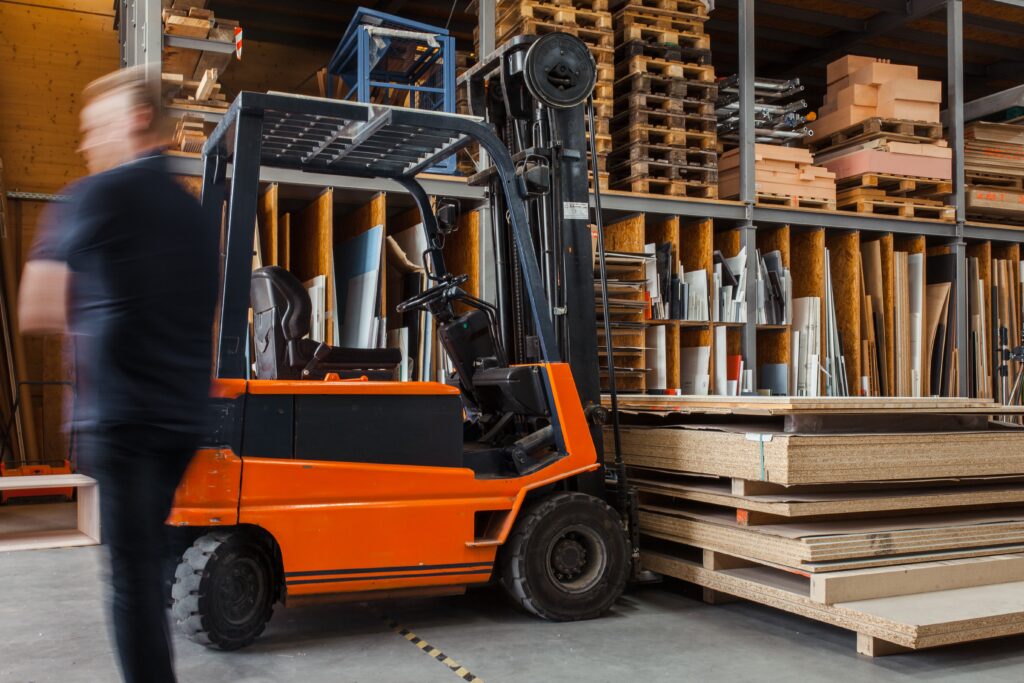Even before the 2020 pandemic, discussions on the need to enhance supply chain procedures were ongoing. However, COVID heightened awareness of supply chain issues and shown the potential damage they can do to businesses of all sizes and in a wide range of industries.
Shipping and logistical problems are constant occurrences owing to personnel shortages and changing routes, while energy and raw material prices have reached all-time highs. Unfortunately, consumer behavior has also undergone dramatic shifts, making it difficult to remain competitive.
But there is a method to get ready for unexpected surprises. The article below will go over how technology will aid supply chains in dealing with certain problems in the future.
How did we get to this precarious point in the supply chain?
The key to comprehending current problems is to think of supply chains as networks of organizations that collaborate to generate a final product that will reach customers in a variety of ways.
Any supply chain operation is vulnerable to delays and missed deadlines due to the multitude of moving parts. Due to the interrelated nature of the system, a single disruption might force the entire operation to cease.
In the event that this occurs, there will be extra expenses for everyone. Because of this, it’s crucial to devote additional time and effort to enhancing the procedure as a whole.
Just what challenges must be met?
Post-COVID packaging supply chains must address several challenges.
The most important ones are as follows.
- The absence of oversight and management throughout the whole workflow process.
Lack of resilience and the inability to deal with external variables, resulting in wasted costs and resources.
The need for a strategy centered on long-term sustainability
There is a requirement for more effective sourcing and supplier matching.
Shipping and transportation issues, a paucity of raw materials, and higher costs all contributed to worker shortages caused by the pandemic’s emphasis on health and safety. The behavior of both consumers and businesses has undergone radical transformations.
When things finally started to calm down after several lockdowns and unprecedented demand, they picked up speed again, faster than before. Keeping up with such cycles is a difficult task that calls for careful preparation and a clear plan of attack.
Customers are increasingly eager to show their support for sustainable enterprises, therefore it’s important for firms to give special attention to developing eco-friendly products and packaging.
The future of your packaging supply chain depends on technology.
What has worked up until now, the last few years have taught us, won’t work in the future. To remain effective and resilient in the face of possible disruptions, today’s supply chains require novel approaches to maintenance and management.
Due to the rise in the number of people working remotely after the COVID-19 epidemic, it is no longer sufficient to rely on email threads and spreadsheets as the primary means of communication.
The lines of communication must be open and clear, and everyone must be kept abreast of developments at every stage. Technology advancements have made it easier for teams to share information and work together more effectively, leading to higher quality work at every stage.
A further trend that will inevitably evolve is the preference for using a wide variety of tools for various parts of a single project. Project cooperation and job management should go hand in hand for better overall organization, therefore storing packaging artworks in various folders offline or online, waiting to obtain access to them, is not an effective alternative.
How will we address your concerns with the packaging supply chain?
Some would say the epidemic was to blame for supply chain problems. Most people, however, think that the epidemic made these problems much more obvious, to the point where they could no longer be ignored and “taken care of later.”
The immediate option to assure stability is to increase inventory space and stock up on packaging. To be effective against the challenges of today’s supply chains, such a move needs to be accompanied with a long-term vision and plan.
When you consider that the root of these problems is typically a lack of foresight, planning, risk reduction, and execution, it becomes clear that quick fixes won’t cut it.
Increasing transparency and making sure packaging supply chains operate more like integrated networks linking many participants can help your supply chain be more efficient and robust.
Conclusions
The truth is that in the next ten years, the business will undergo enormous changes, and failing to adapt would be disastrous. You must change and progress if you want to continue living.
Make a difference by prioritizing sustainability and cutting-edge technology, and providing your staff and vendors with the resources they need to improve productivity. Pro facilitates seamless communication between team members, which is essential for realizing even the most ambitious packaging objectives.

Leave a comment